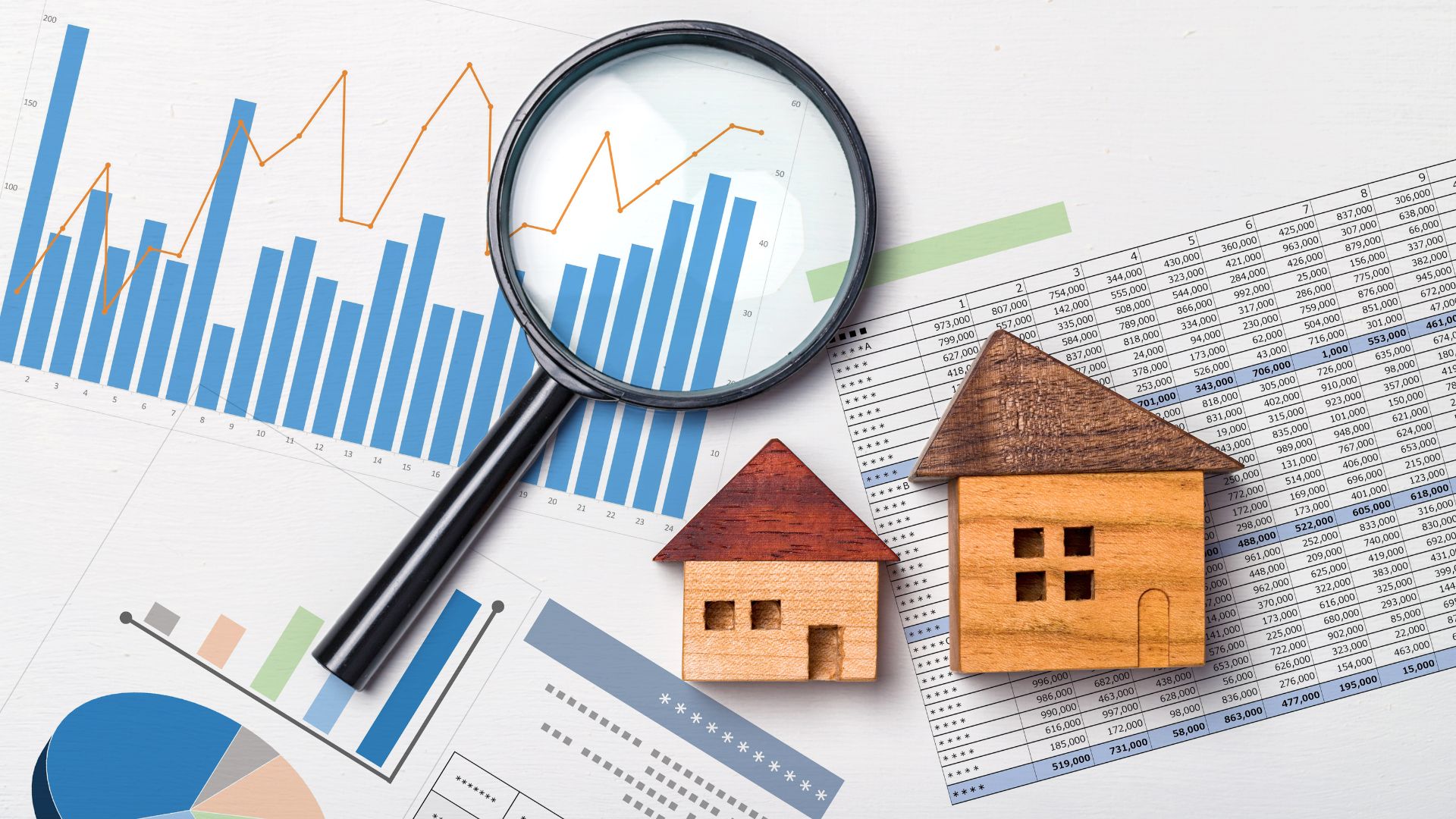In our last article we walked through the risks associated with attempting to transition a C-Class Property into a B-Class Property. That article was the result of many internal conversations we’ve had debating various business plans and strategies within the multifamily space. Naturally, by putting that on paper–and getting it out of my head–it got me thinking more about the next logical question we’ve been wrestling with:
Is it better to buy new(er) stabilized deals or value-addValue-add is a strategy where an investor or property owner seeks to increase the value of a property by making significant improvements or changes to it. The goal is to enhance the property's appeal, functionality, and income-generating potential, which can lead to higher rental income, increased property valuation, and improved overall performance. View Definition deals right now?
Blasphemy you say? Wildhorn is a value-add company, so of course we’re going to espouse on the virtues of value-add. True, we are, have been, and will continue to be value-add in nature. We’re always going to look for deals where we can force appreciationThe increase in the value of a property over time, usually due to factors such as market demand, economic growth, infrastructure improvements, and inflation. View Definition and create value. Granted, we’re not going to chase value-add into Class C or worse areas — but value-add is always on the menu at this steakhouse.
However, we have had the above question rattle around quite a bit recently. In our Central Texas markets (and really across most major metros that we’ve tracked) the Cap Rates for Value-Add deals are lower than the Cap Rates for newer, stabilized deals. The market is saying it is willing to pay more for an older, lesser quality deal than it is for the nicer, newer and more shiny deal just up the road. All because there is meat on the bone that you, the proud new owner, gets to take advantage of.
Does that logic make sense?
To us, it still does. Most of the time.
But it sure has opened our eyes to at least look at some of the shiny deals with higher cap rates. In our quest for providing the best risk-adjusted returns possible for investors, there are some merits in looking at the newer asset with a higher cap rate. Based on our internal discussions, here are three factors we are evaluating in regards to the stabilized vs value add debate and how those might affect the business plan.
Immediate Yield vs Future Cash FlowThe money that is left over each month or year from the property's income after paying for operating costs, mortgage, taxes, and other expenses. Positive cash flow occurs when the income exceeds the expenses, while negative cash flow indicates that the property's expenses are higher than the income it generates. View Definition
Cap rates affect your cash flow–the higher the cap rate the better your cash flow will be. In this scenario, the newer stabilized deal will offer better and more immediate cash flow than the value add. However, the reason everyone buys the value add is because we can force appreciation. While the cap rate is lower today, once the renovation plan is complete the NOI will be much higher, and thus we’ll be operating at a higher cap rate. It will likely take 2 years to get to that point, but that’s the upside you’re paying for. So the question then, is do you prefer immediate cash flow (and perhaps less risk) by buying a newer stabilized deal or want to work for the better returns you’ll see in 24 months?
Deferred and Ongoing Maintenance
An asset built in 2010 is going to require less ongoing maintenance than an asset built in 1982. 30 years can be hard on plumbing, siding, foundations, etc. Building practices were better in 2010, and materials are newer. While you can underwrite to a higher ongoing maintenance cost for the older deal, there is inherent risk in in this. We own a 1980’s asset that has experienced ongoing plumbing issues to the tune of over $100,000. There is no way to know about that before you buy, and you can’t underwrite perfectly to that. It’s just a risk that exists more so on an older asset than a newer one. Are you prepared and willing to fix issues as they come up, or are you looking for a set it and forget it experience?
Hold Period.
When it comes time to sell your asset, you obviously want to maximize the price. Given the market today, you’re going to be able to sell for a higher price (aka lower cap rate) if you can position the asset as a value add. It’s something we think about all the time when we are looking at new deals–what does the exit look like?. If you are looking at a newer asset, could you sell it as a value add? It depends on how long you plan to own it. If you’re looking at a new stabilized deal built in say 2017, when will it be a value add? In ten years the property is going to be 12 years old. At 12 years old, the property could be seen as a value add. If the current trends call for all new colors, some new flooring system not yet invented and the exterior needs siding work, it could definitely be seen as a value add. However, if your business plan is 3-5 years, you better underwrite to a higher cap rate on that newer deal.
So all of that is to say Wildhorn Capital is not changing course only acquiring new builds moving forward. We love our value-add but underwriting these other deals gives us a better understanding of what to look for when looking at risk adjusted returns. And never say never, if we find a great deal after looking through all of this new inventory we sure aren’t going to pass it by.

Andrew Campbell is a native Austinite and Managing Partner at Wildhorn. He is a real estate entrepreneur who first broke into the business in 2008 as a passive investor. In 2010 he transitioned into active investing and management of a personal portfolio that grew to 76 units across Austin and San Antonio. He earned his stripes building and managing his personal portfolio before founding Wildhorn Capital and focusing on larger multifamily buildings. At Wildhorn, he is focused on Acquisitions and maintaining Investor Relations, utilizing his marketing and communications background to build long-term relationships.







